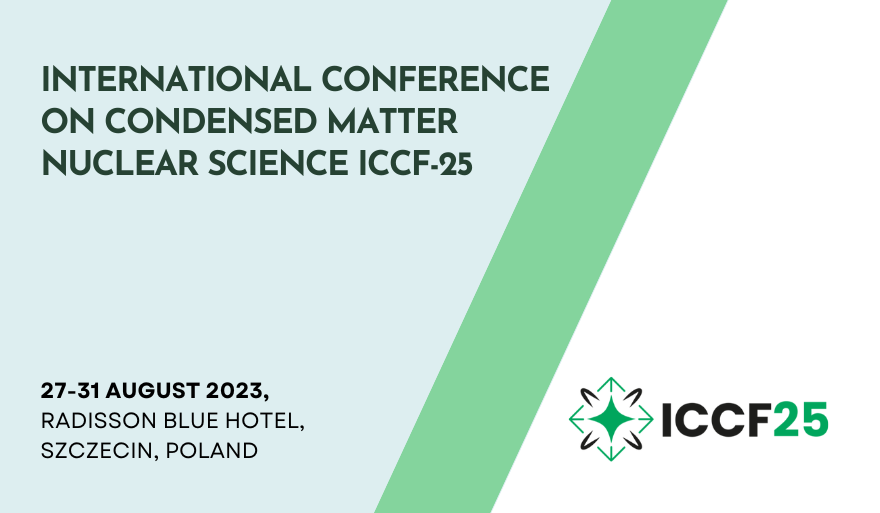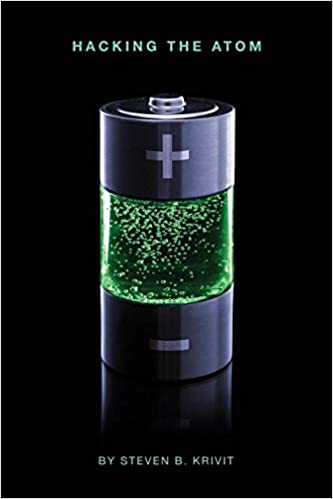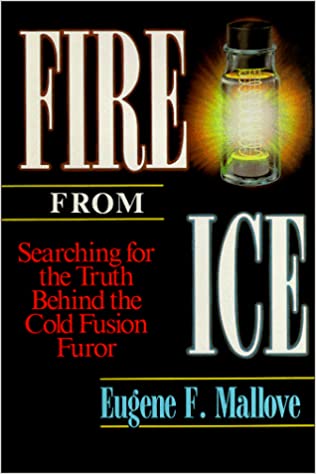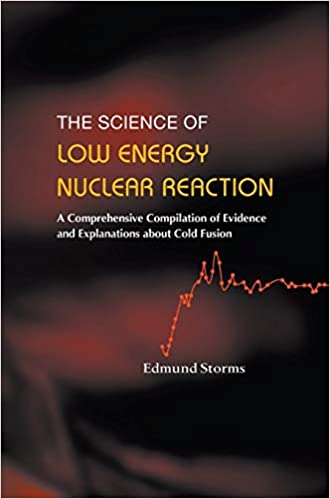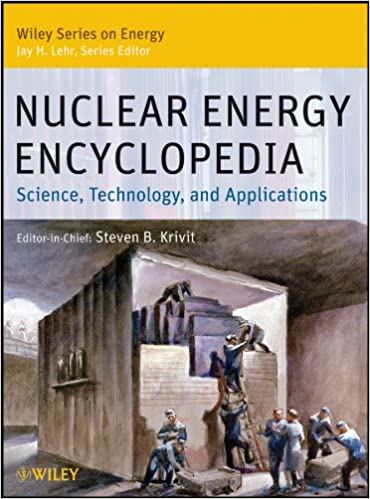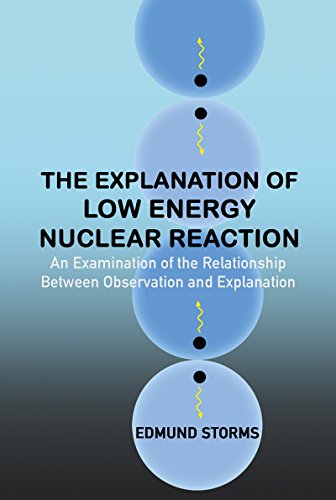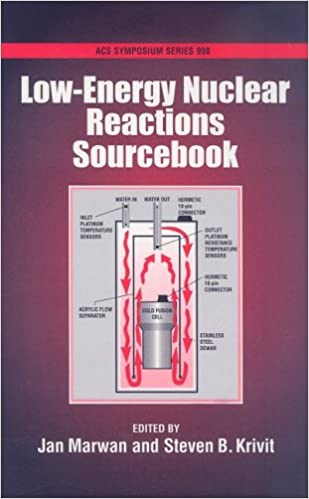According to government funded studies in Japan, SSF is estimated to be four orders of magnitude higher than the equivalent chemical reaction per unit of hydrogen atom. No radioactive materials or radiation are produced. Unlike fusion reactors that require 100s of millions of degrees, SSF occurs at less than 1000 degrees.
Concurrent developments in hydrogen energy systems, metallurgy, nano materials, quantum science, and semiconductor manufacturing are enabling SSF to move forward.
Since 2015, government agencies in Japan, EU, and the US have funded public R&D programs in SSF.

